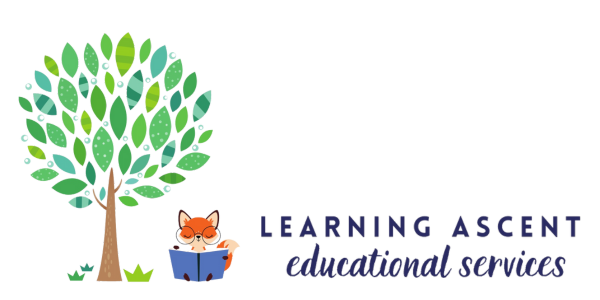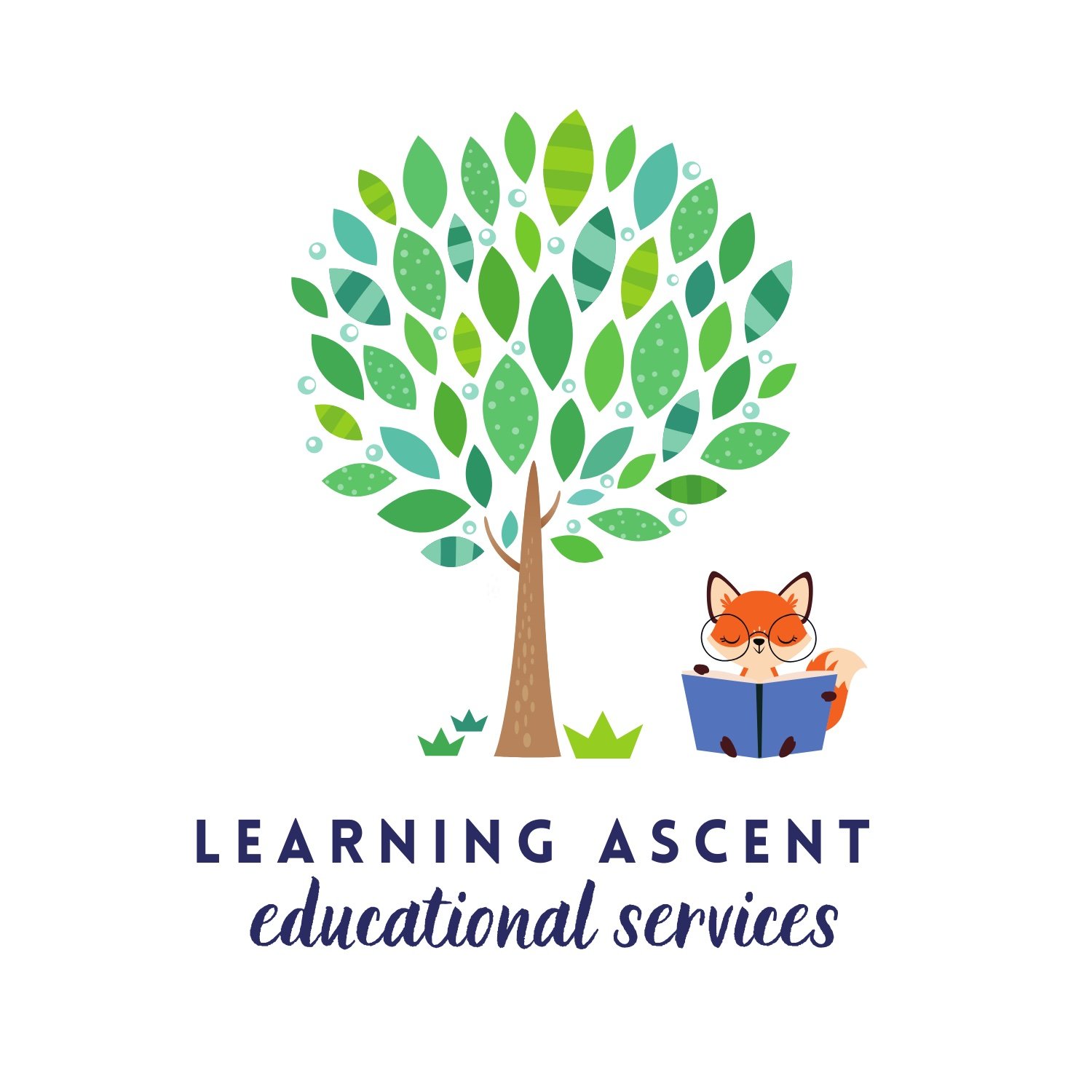
Typing is easy. Writing is not. Because every piece of writing is as unique as its writer, finding one overarching formula for expression is impossible. But all hope is not lost, because we at Learning Ascent, through seventeen years of tutoring experience, have discovered more than one “umbrella” writing style.
Why Discovering Your Natural Writing Style Helps
A quote that has stuck with me since childhood is: “A fish may love a bird, but where would they live?” (Drew Barrymore, quoting Joseph Stein).
Another is: “Everybody is a genius. But if you judge a fish by its ability to climb a tree, it will live its whole life believing that it is stupid.” (Attributed to Einstein, but not him)
You may find that writing is really difficult because you aren’t writing in a way that suits your natural strengths and styles. And while it’s a stretch to say that everyone is a genius, it is not a stretch to say that most anyone is capable of hard work and self-reflection. Once a writer knows how they approach the process of writing, they can apply specific tools to improve their craft. Which style are you?
Right Brain vs. Left Brain
The world of neuroscience is changing as frequently as signals are sent from the brain to the rest of the body, but there is still plenty to be gleaned from the concept of right-brain and left-brain if viewed symbolically.
Scientists believed that the different hemispheres of the brain were responsible for different functions. Healthline delineates them like this:
Left:
- logic
- sequencing
- linear thinking
- mathematics
- facts
- thinking in words
Right:
- imagination
- holistic thinking
- intuition
- arts
- rhythm
- nonverbal cues
- feelings visualization
- daydreaming
Sculpting Writing vs. Filling Writing
My experiences teaching writing have led me to an idea of two broad models for the writing process: Sculpting and Filling.
“Sculpting” starts with word vomit. I call it the “marble.” You have all of this material on the page, and then you take your pencil like a chisel and you revise and edit until you have the shape you want. This process deals with uninhibited expression, discovery, cutting, and prioritizing.
“Filling” starts, as a building, with the foundations. A writer brainstorms and plans the most important, positively essential elements of their writing. From there, they fill in, hang on, and expand from their original skeleton. This is a focused method, dealing heavily in plans, purpose, and forward motion.
How do these relate to style and the brain?
Leverage your Strengths/Weakness into Better Writing
You may have noticed that sculpting generally falls in with “right” and filling with “left.”
To understand this about yourself is to work WITH your strengths and not against your weaknesses. At Learning Ascent, part of our job is to facilitate this shift from an ineffective or resistant process to a process that is built around your writing style.






